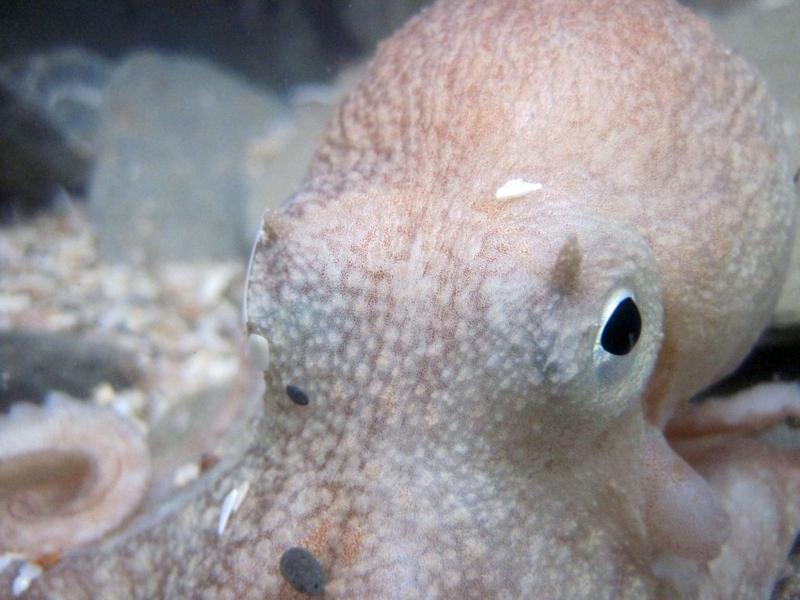
What is one of the most diverse and widespread phylums of animals on the planet ? If you said "Molluscs", many people might not realise that they've been around for over 500m years, and include limpets, octopuses, sea slugs and hares, and bivalves such as clams.
Jim Monroe expanded on one of his favourite topics to Coastwise members, and explored some of the surprising aspects of this group of animals.
Chitons – woodlouse-like cretaures that look like fossils – are also called coat-of-mail shells because of their hard articulated armout made out of a hard form of calcium carbonate called Aragonite. Even more suprising is that they have many primitive eyes called ocelli, which ulike more conventional eyes, are made of another form of light-sensitive calcium carbonate.
Jim described the grazing trail of limpets, seen frequently on algae-covered rock and poses the question of how they alweays find their way back to the same home spot. The answere almost certainly lies in the scent of the mucus trail they leave, and when their home-bound track diverges from the outward one they are probably following part of one of their previous tracks.
Octopuses are astonishing creatures, with three hearts, nine brains or ganglia, and blue copper-based blood called cyanoglobin. Carefully-designed experiments show that they are one of the most intelligent animals, with capabilities such as self-awareness and learning by observation.
Jim also expounded on a personal interest – the history of sea monsters that have been part of fable since the Viking sagas. Working through the increasing interest and available evidence at the basis of these tales, giant squid emerge as the culprits, with lengths up to 10m. They live at great depth and specimens had been caught with very long lines, bait and hooks, but recent efforts to photograph them using modern bathyscapes only proved successful in 2012.
Overall, a fascinating story of a highly successful phylum of animals.
Pictures (Right, from top) are an octopus, matching its colour to its surroundings, a giant squid envisaged in a battle to the death with a sperm whale, and a chiton, surprisingly covered in primitive eyes.

